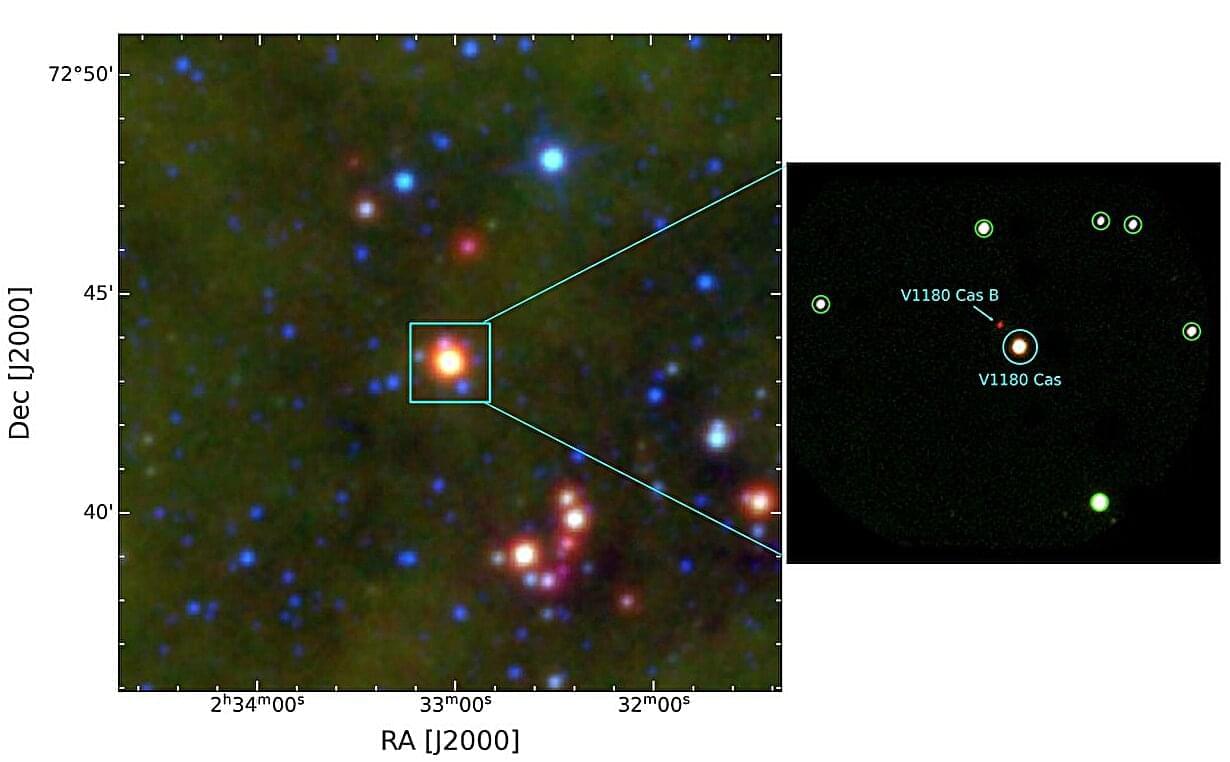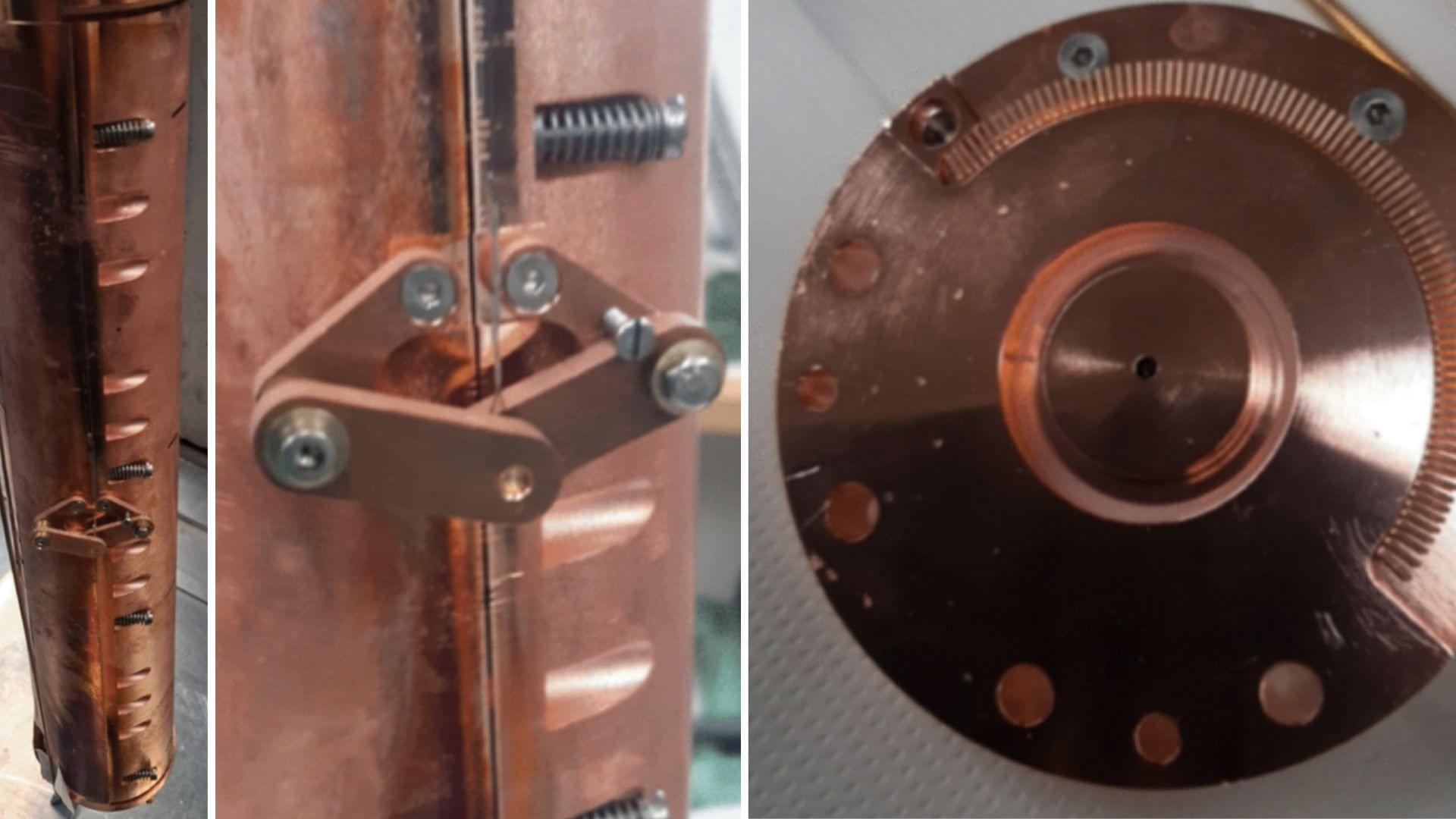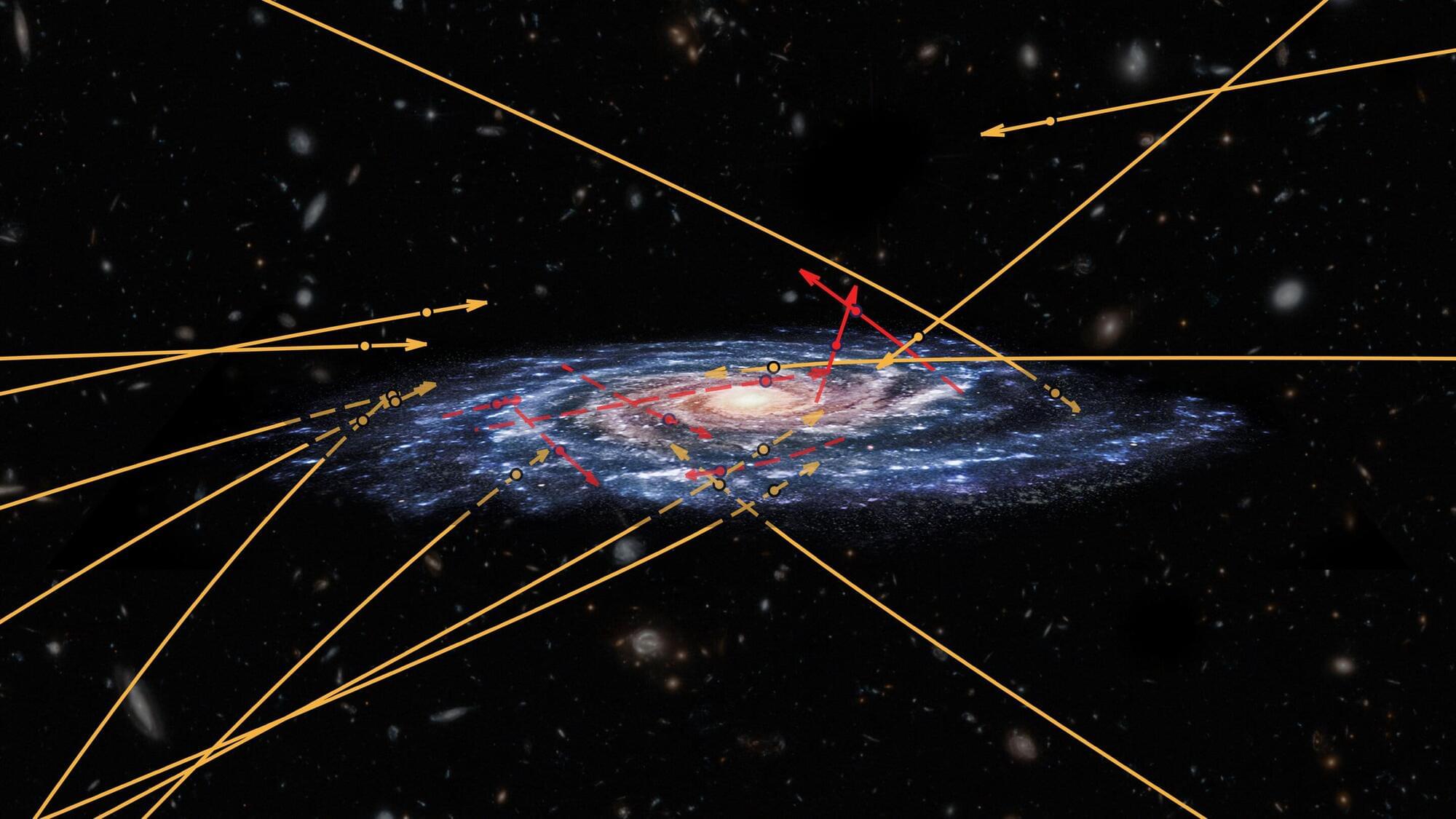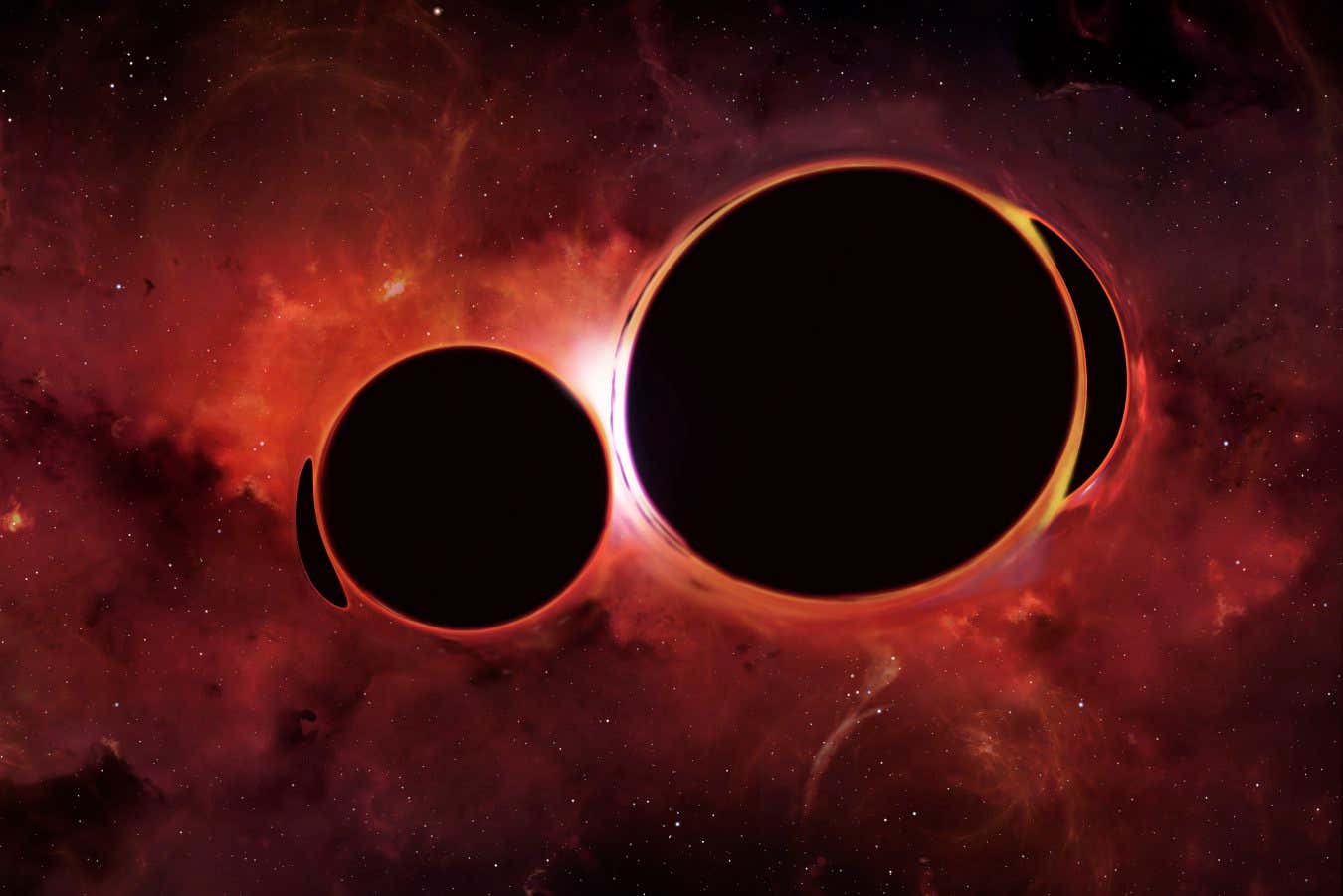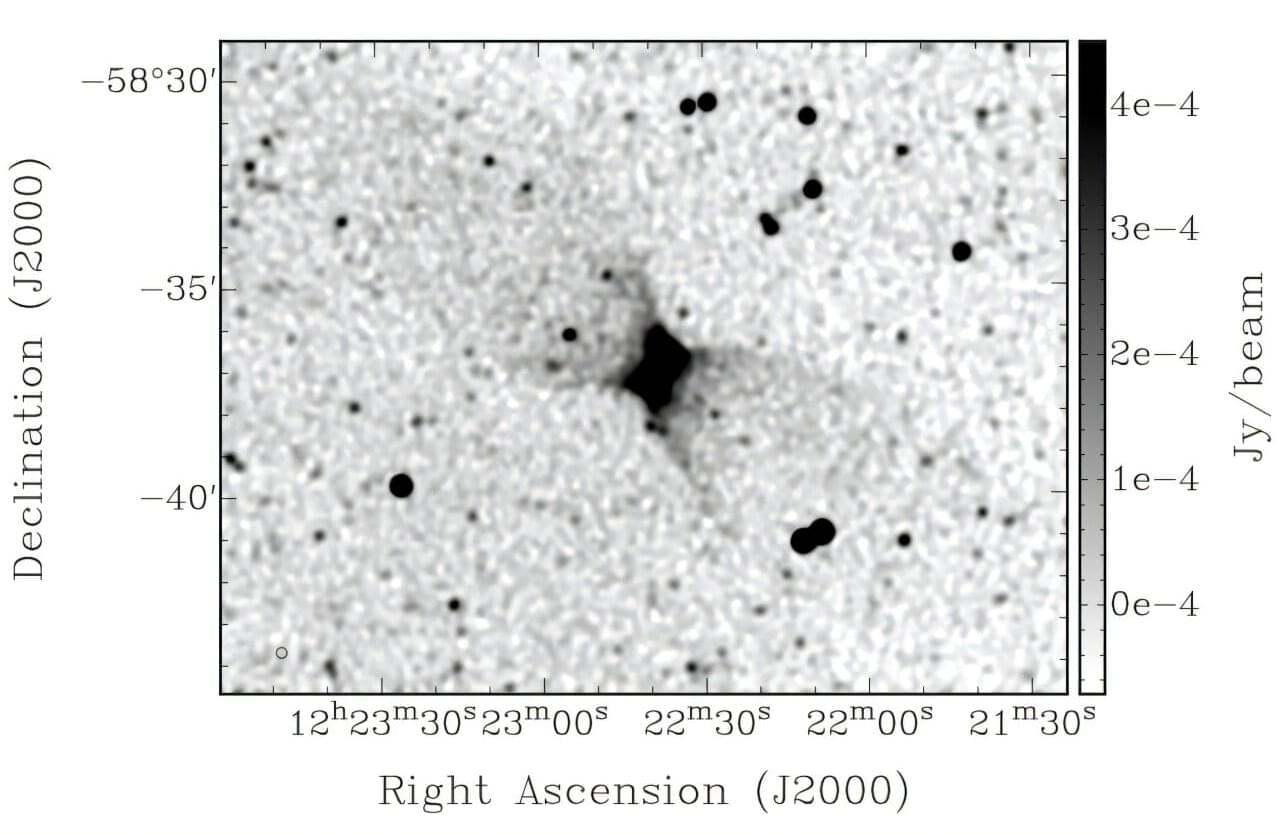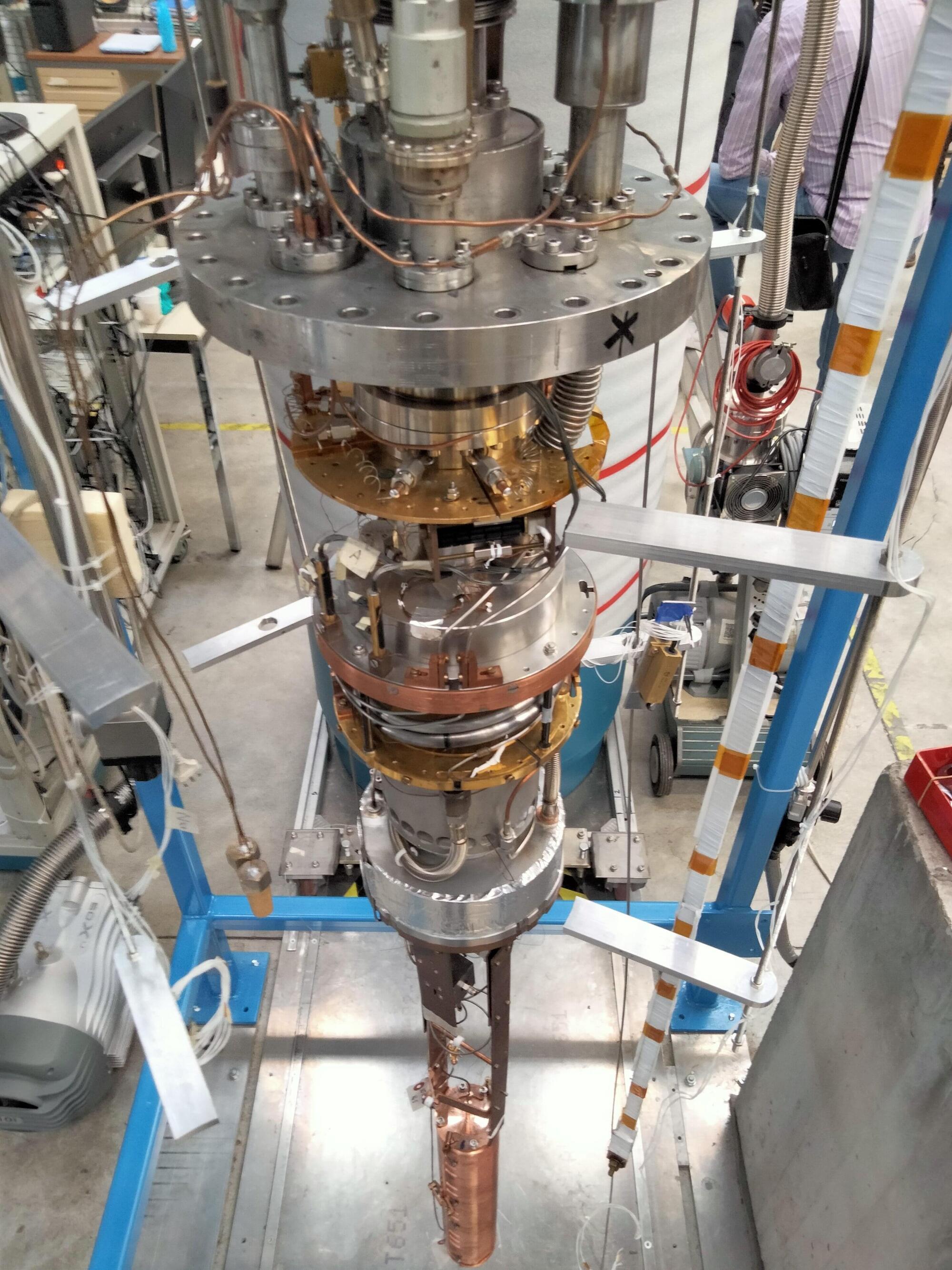Astronomers from the Aryabhatta Research Institute of Observational Sciences (ARIES) in India and elsewhere have conducted a long-term photometric and spectroscopic study of a young stellar object known as V1180 Cassiopeiae. Results of the study, published December 23 on the arXiv preprint server, unveil the dual nature of this object.
Young stellar objects (YSOs) are stars in the early stages of evolution; in particular, protostars and pre-main sequence (PMS) stars. They are usually observed embedded in dense molecular clumps, environments containing plenty of molecular gas and interstellar dust.
Given that episodic accretion processes occur in YSOs, these objects may experience accretion-driven outbursts. Astronomers usually divide such events into EX Lup (also known as EXors) and FU Ori outbursts (or FUors). EXors are a few magnitudes in amplitude, and last from a few months to one or two years. FUors are more extreme and rare as they can be up to 5–6 magnitudes in amplitude and last from decades to even centuries.
